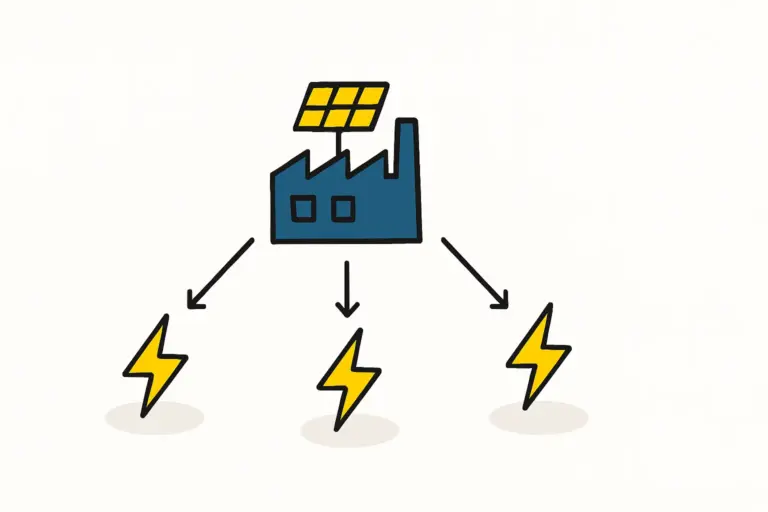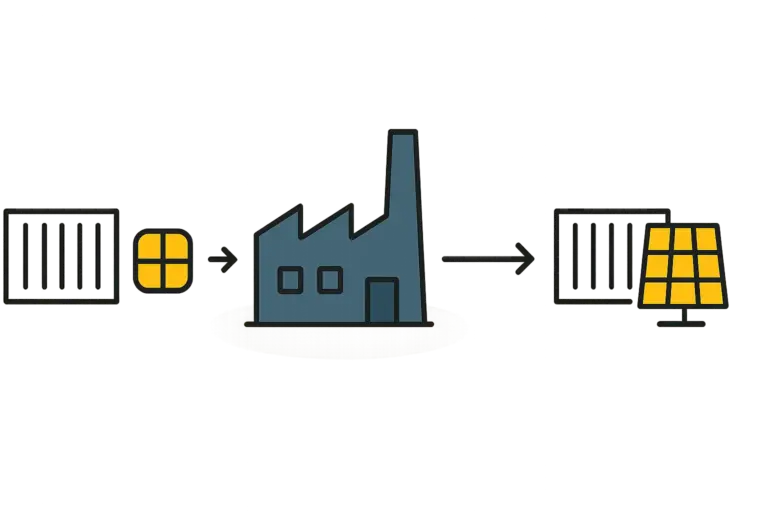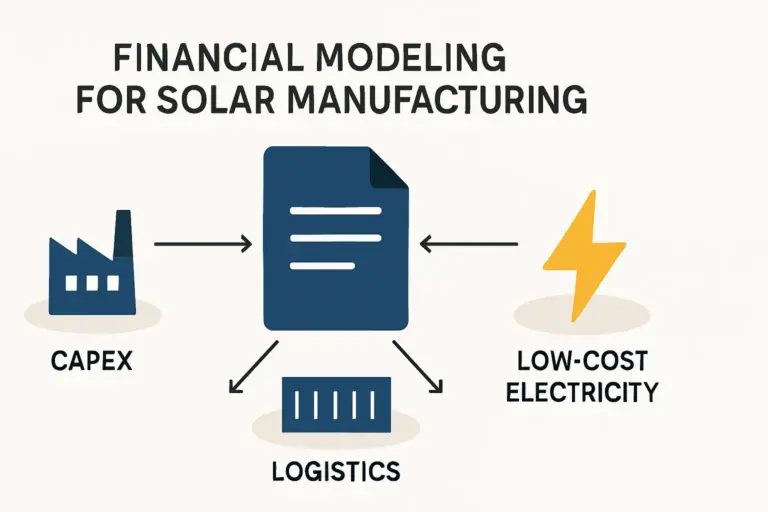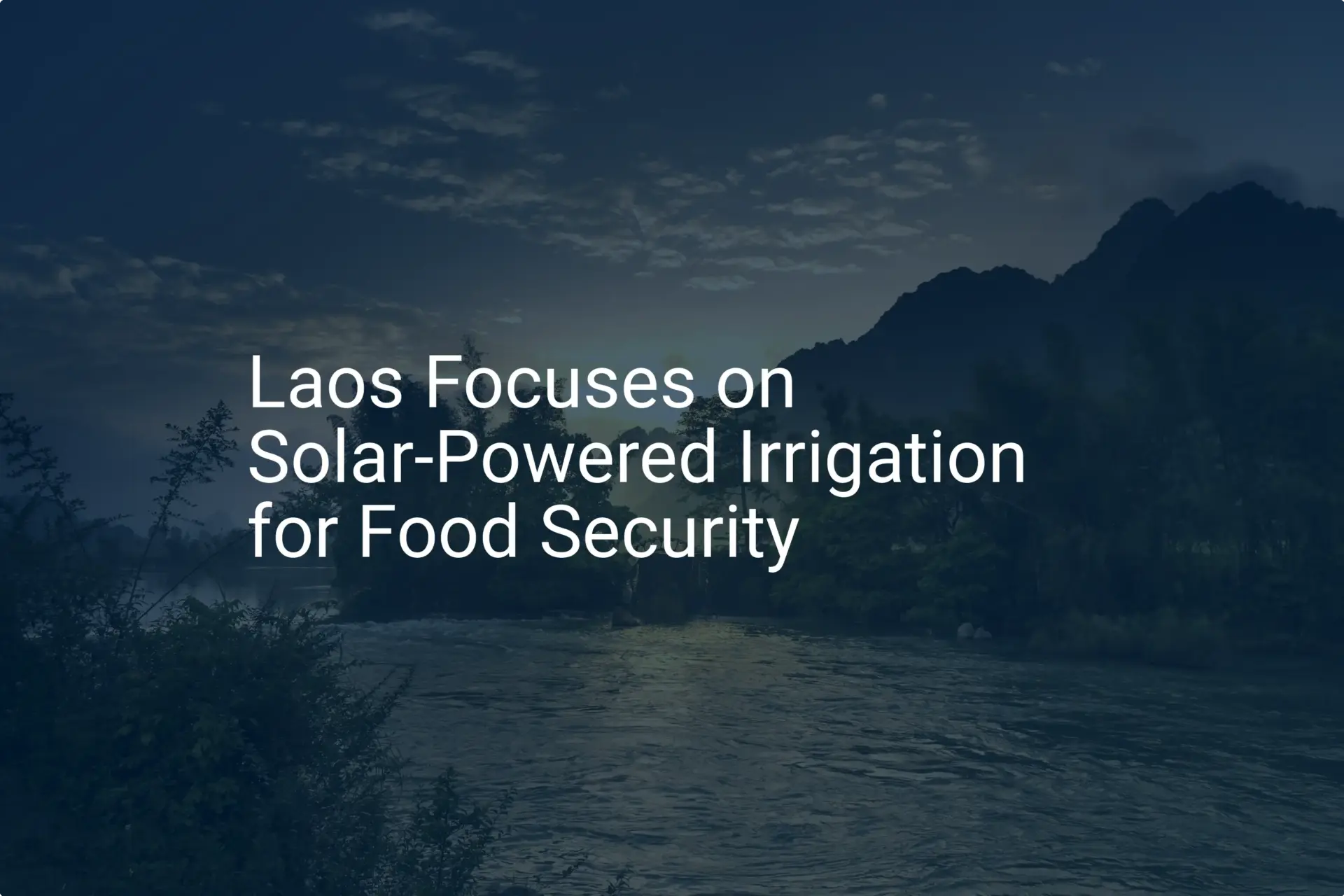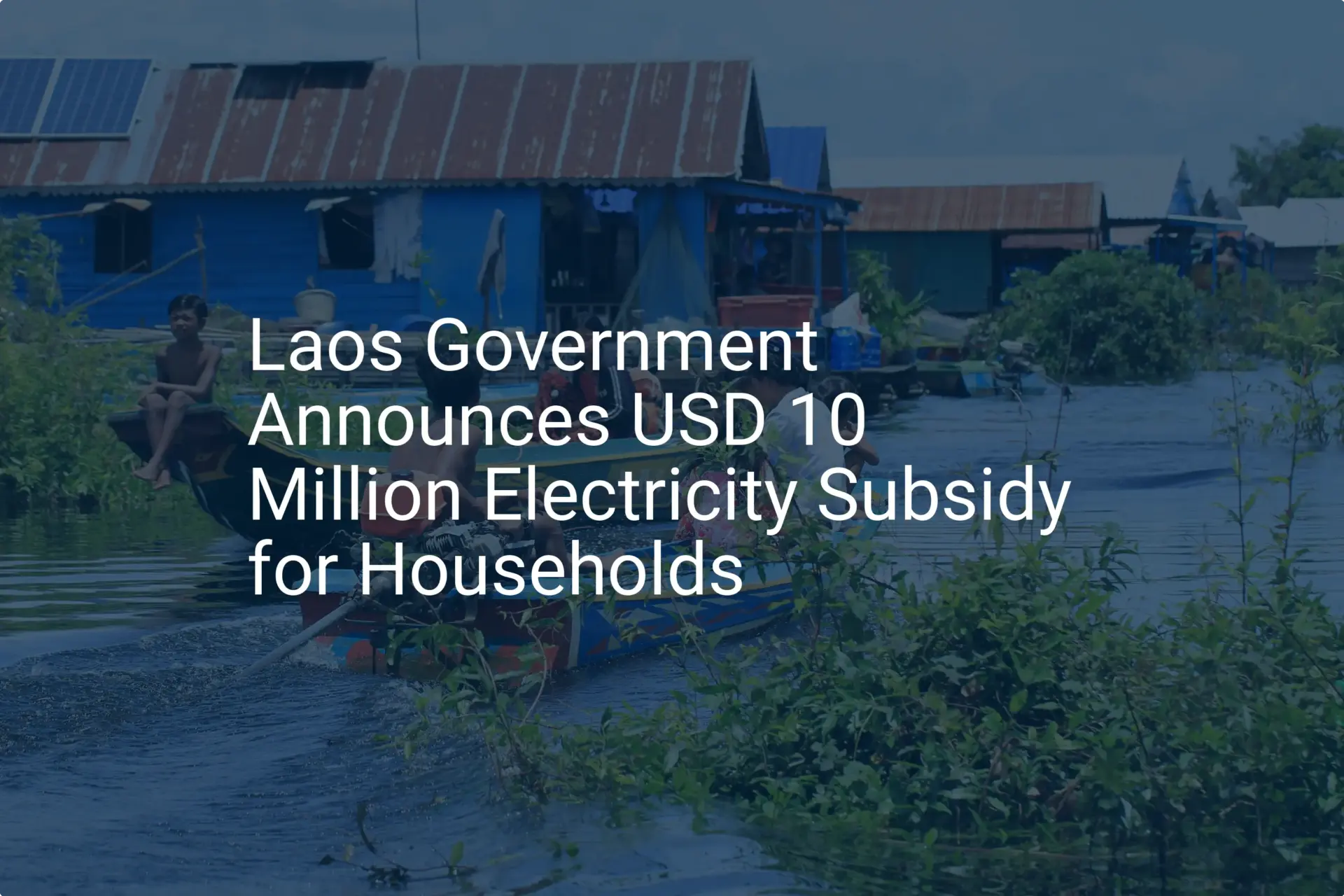Many business leaders see Laos and think of its immense hydropower resources, a strategy that has earned it the title ‘the Battery of Southeast Asia.’ Yet, a significant and often-overlooked opportunity is emerging in the country’s growing solar sector. While power generation projects attract attention, the government is also creating a favorable climate for manufacturing. For entrepreneurs looking to enter the solar industry, this presents a unique opening to establish a solar panel production facility serving both domestic and regional demand.
Transforming this vision into an operational factory requires navigating a specific administrative path. This guide offers a step-by-step overview of the permitting and licensing process in Laos for business professionals new to its regulatory environment. It outlines the key government bodies, required documentation, and critical phases involved in launching a solar manufacturing plant.
Understanding Laos’ Regulatory Landscape for Solar Manufacturing
The Lao People’s Democratic Republic is actively working to diversify its energy portfolio and attract foreign investment. The government has put policies in place to encourage ventures in renewable energy, including manufacturing. Investors can often benefit from incentives such as tax holidays, reduced profit tax rates, and exemptions from import duties on machinery and raw materials.
Navigating this landscape successfully requires engaging with several key government bodies:
-
Ministry of Planning and Investment (MPI): The central authority for approving foreign and domestic investment projects. The MPI assesses a project’s viability, economic contribution, and alignment with national development goals.
-
Ministry of Energy and Mines (MEM): While more focused on power generation projects, the MEM sets the overarching policy for the energy sector, and its strategic goals influence the evaluation of manufacturing proposals.
-
Ministry of Industry and Commerce (MOIC): Responsible for business registration and issuing the fundamental certificate required to operate legally in the country.
-
Ministry of Natural Resources and Environment (MONRE): This ministry oversees environmental regulations and is responsible for approving a project’s environmental impact assessment.
Understanding the roles of these entities is the first step in structuring a successful application process.

The Core Licensing Process: A Four-Phase Approach
The journey from business concept to a licensed, operational factory in Laos can be broken down into four distinct phases. While specific requirements may evolve, this framework outlines the standard procedure for a manufacturing investment.
Phase 1: Business and Investment Registration
Before any physical work can begin, the business entity itself must be legally established. This phase starts with obtaining an Enterprise Registration Certificate (ERC) from the Ministry of Industry and Commerce (MOIC), which formally establishes the company as a legal entity in Laos.
The most critical step, however, is submitting a detailed proposal to secure an Investment License from the Ministry of Planning and Investment (MPI). This application is the cornerstone of the project’s approval. It must comprehensively detail the business plan, financial projections, technical specifications of the factory, job creation estimates, and the overall economic benefit to Laos. Crafting a compelling proposal that meets MPI criteria requires a thorough understanding of the investment requirements for a solar factory.
Phase 2: Securing Land and Environmental Approval
With the Investment License conditionally approved, the next stage focuses on the physical location and its environmental compliance. Land acquisition in Laos can be a complex process, and investors must ensure they secure land use rights appropriate for industrial development.
Simultaneously, the project must undergo an Environmental Impact Assessment (EIA). This detailed study, submitted to the Ministry of Natural Resources and Environment (MONRE), evaluates the potential environmental and social impacts of the factory. It must outline mitigation measures for waste management, water usage, and emissions. A successful review results in MONRE issuing an Environmental Compliance Certificate (ECC), a prerequisite for any construction. The facility’s design is a key part of this assessment, making careful planning of the building requirements for a solar module factory critical at this stage.

Phase 3: Construction and Equipment Importation
Once the ERC, Investment License, and ECC are in hand, the construction phase can commence. This requires a Construction Permit from the Ministry of Public Works and Transport, which verifies that the factory plans comply with national building codes and safety standards.
During this phase, the importation of production machinery begins. The Investment License typically includes provisions for duty-free importation of capital goods. Investors must work with the customs department to ensure all paperwork is in order for the clearance of the essential machines for solar panel production. Proper documentation is crucial to avoid costly delays at the border.
Phase 4: Operational Licensing and Compliance
After construction is complete and machinery is installed, the final step is to obtain the licenses needed to begin commercial operations. This may include fire safety certifications, factory operating permits, and other specific approvals related to manufacturing. From this point forward, the business must adhere to ongoing compliance, including labor laws, tax regulations, and environmental monitoring as stipulated in the ECC.
Navigating Common Challenges and Delays
While the process is structured, investors should be prepared for potential challenges. Bureaucratic hurdles and evolving regulations can lead to delays. One of the most common issues is submitting incomplete or insufficiently detailed documentation, particularly for the Investment License proposal and the EIA.
Experience from J.v.G. Technology GmbH turnkey projects in emerging markets shows that success often depends on two factors: meticulous preparation and strong local guidance. A local partner or consultant who understands the nuances of the administrative system can be invaluable. This ensures that technical plans are both sound from an engineering perspective and presented in a way that meets the expectations of Lao regulatory bodies.
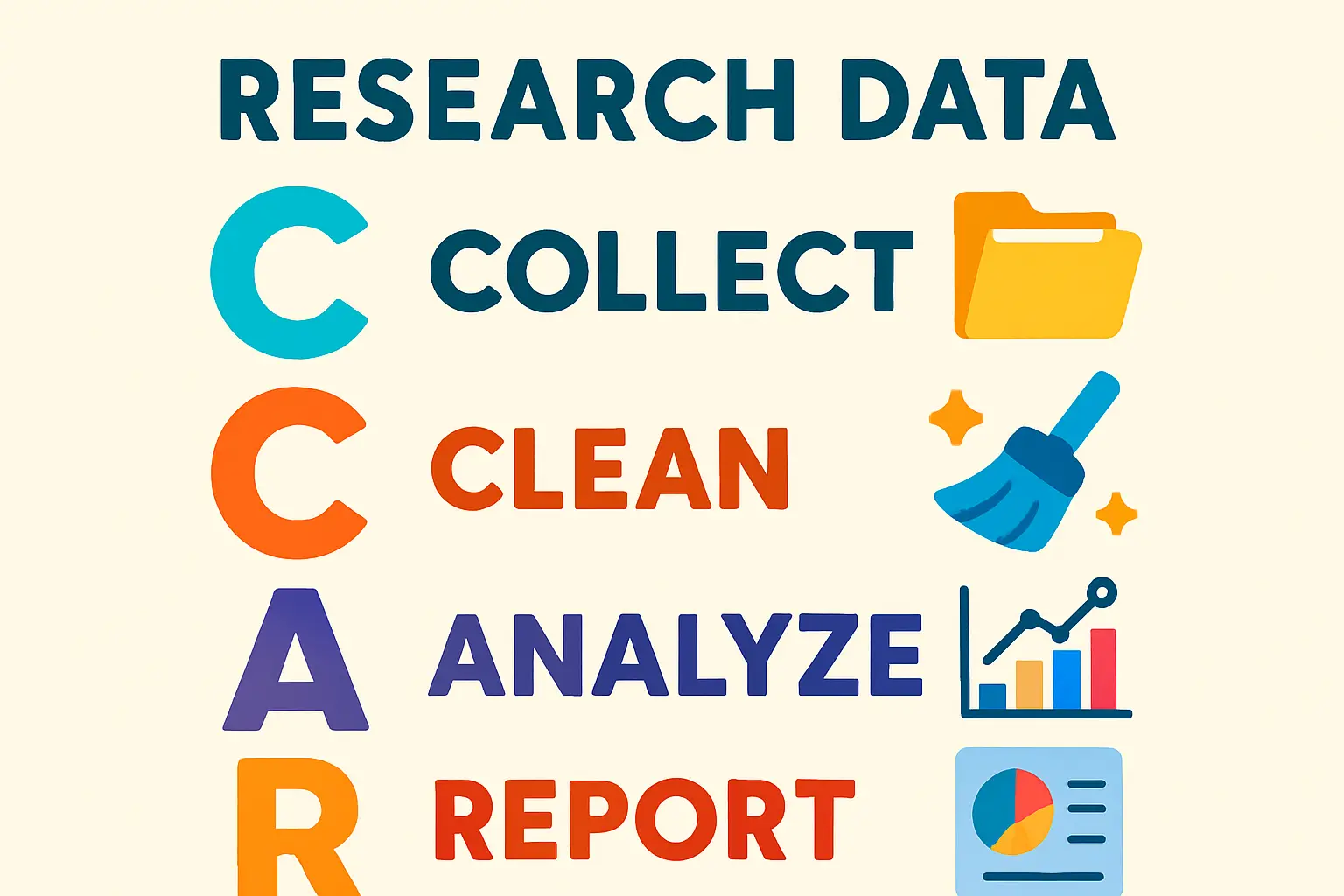
Frequently Asked Questions (FAQ) for Investors
-
How long does the entire permitting process typically take in Laos?
While timelines can vary, a realistic estimate for completing all four phases is between 9 and 18 months. The most variable stages are the Investment License approval and the Environmental Impact Assessment. -
What are the most common reasons for application delays?
The most frequent causes for delay are incomplete documentation, an inadequate financial plan in the investment proposal, or an Environmental Impact Assessment that fails to properly address potential impacts and mitigation strategies. -
Are foreign investors treated differently than local ones?
Laos’ investment laws provide a framework for both foreign and domestic investors. Foreign investors can establish wholly-owned enterprises or enter into joint ventures with local partners. The requirements are generally the same, though a local partner can often facilitate administrative processes. -
What is the minimum investment required to be considered credible by the MPI?
There is no official minimum, but the investment must be substantial enough to demonstrate a serious commitment and a viable business model. The proposal must show that the project is well-funded and has a clear path to profitability and job creation. -
Is a local partner mandatory for setting up a solar factory in Laos?
A local partner is not legally mandatory for many types of investment, but it is often highly recommended. A reputable local partner can provide invaluable assistance with land acquisition, navigating bureaucracy, and understanding the local business culture.
Planning Your Next Steps
Entering the solar manufacturing market in Laos offers a compelling opportunity for forward-thinking entrepreneurs. The government’s supportive stance, combined with the region’s growing demand for renewable energy, creates a strong business case. Success, however, hinges on a thorough understanding of the regulatory pathway. The process is manageable when approached with diligent preparation and a clear strategy.
For business professionals ready to move from vision to reality, the first step is a comprehensive project plan that addresses these legal requirements. To build that foundation, explore structured resources like the pvknowhow.com e-course on starting a solar factory. It offers a detailed framework to guide you through this complex but rewarding journey.


